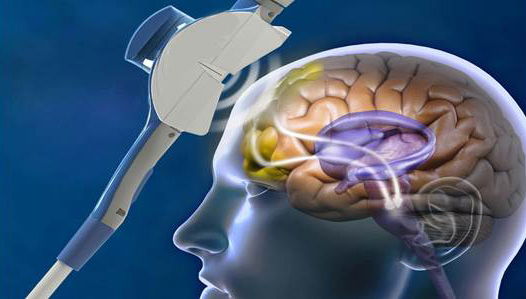Transcranial Magnetic Stimulation vs. Neurofeedback – What Is The Best Choice For You?

At first glance, transcranial magnetic stimulation and neurofeedback may appear very similar. However, that couldn’t be further from the truth.
Both target brain activity as a means of improving different health and well-being issues. However, that is where most of the similarities end, and all the differences begin. From methods to results, there are many things that differentiate these two brain interventions.
We will be defining these two forms of modalities and their uses, so you can make an informed decision about which one is best for you.
Defining Transcranial Magnetic Stimulation
A magnetic field is employed in this therapy method to impact brain function. TMS is a non-invasive procedure that naturally modifies the electrical impulses of your brain using a magnetic coil.
Magnetism and electricity are two fundamental physics concepts that transcranial magnetic stimulation depends on. It depends on the capacity of these two factors to cooperate with one another.
To convey and pass on information around your mind and body, neurons need very little quantities of energy, therefore the electrical activity of your brain can be affected by placing a magnet close to it. TMS specifically targets areas of your brain involved in emotion regulation, independent decision, enjoyment, etc.
Don’t be fooled – transcranial magnetic stimulation is not something you can do with any plain magnet. Placing your fridge magnets from your summer holidays on your head won’t have any effect on brain stimulation. TMS requires powerful magnets that transmit certain magnetic pulses and can be turned on and off for optimal results – think of something similar to a magnetic resonance imaging machine, better known as an MRI.
What Can TMS Be Used For?
Repetitive transcranial magnetic stimulation has proved itself to be a popular alternative therapy for treatment-resistant depression. Although the biochemistry behind TMS's effectiveness isn't fully understood, the treatment seems to have an effect on how the brain functions, which in turn appears to lessen the manifestation of major depression and elevate mood.
Major depressive disorder is not the only mental health issue that repetitive TMS therapy can aid in treating. Some opt for repetitive transcranial magnetic stimulation as an alternative therapy for obsessive-compulsive disorder, bipolar disorder, post-traumatic stress disorder, and many other psychologic or psychiatric disorders.
When talk therapy fails, before taking a step toward invasive procedures and medication, choosing to stimulate nerve cells through TMS treatment can be a good non-invasive alternative.
Defining Neurofeedback Training
By detecting brain waves and sending a feedback signal, the technique known as neurofeedback teaches participants how to manage their own brain activities.
As they are receiving live feedback on their brain waves, the people undergoing this form of therapy are exposed to visual or auditory stimuli. When the brain is producing electrical impulses with a good outcome for the person’s well-being, it is rewarded with pleasurable stimuli. When it produces undesirable activity, it is punished by having the positive stimuli taken away.
By repeating this training, the brain learns how to regulate its own activity in order to avoid undesirable states. This makes a long-term change in your well-being, as the brain does not just alter its activity on the spot, but is trained to do so in the future as well.
What Can Neurofeedback Be Used For?
If you are going through something that is generated or influenced by brain function, then chances are you can treat it through neurofeedback training. Since you are always getting live feedback on your brain waves during therapy, it’s easily adaptable to all sorts of issues.
From less dangerous problems, such as ringing in your ears or sleep problems, to much more serious mental health disorders and even addiction, this noninvasive brain stimulation technique can truly make a difference.
How Do These Two Compare?
The uses of TMS therapy and neurofeedback overlap when it comes to mental health disorders. They both, in different ways, aid in treating these issues noninvasively through brain stimulation. However, while deep transcranial magnetic stimulation makes changes in brain cell activity directly, through electrical impulses, neurofeedback has a more long-term approach.
It does not just treat, but it teaches the brain to stop hurting itself, essentially through conditioning. While the biological explanation for the effectiveness of TMS therapy is still up in the air, the psychology behind conditioning has been studied and proven effective in thousands of researches, for over a hundred years.
TMS also presents an issue regarding age restrictions. If you seek treatment for your child, then neurofeedback can offer that – however, transcranial magnetic stimulation can not be performed on people under the age of 18.
Given its nature, neurofeedback also has a wider range of health issues that it can impact. It can even venture into the realm of physical ailments when they prove to be somatizations of maladaptive cognitions. Furthermore, neurofeedback training can also be done at home, if the person has the right equipment and minimal training beforehand.
How Do These Two Forms of Interventions Compare?
If neurofeedback training is the option for you, then we’re ready to make your therapy sessions as effective as possible.
Whether you choose to let us help you in-office, or you would rather buy or rent your own NeurOptimal® equipment, Beaverton Neurofeedback is here to oversee that you reach your goals and become the healthiest version of yourself!




